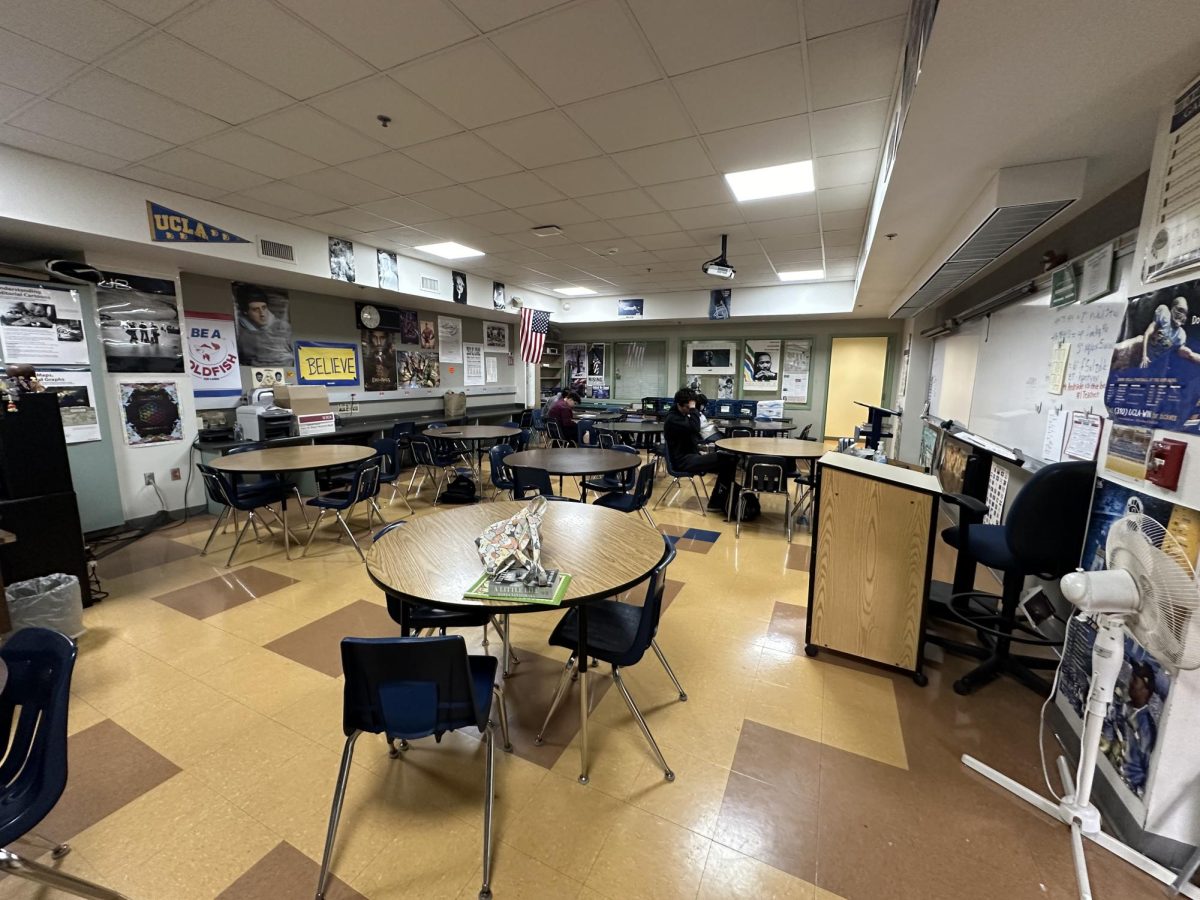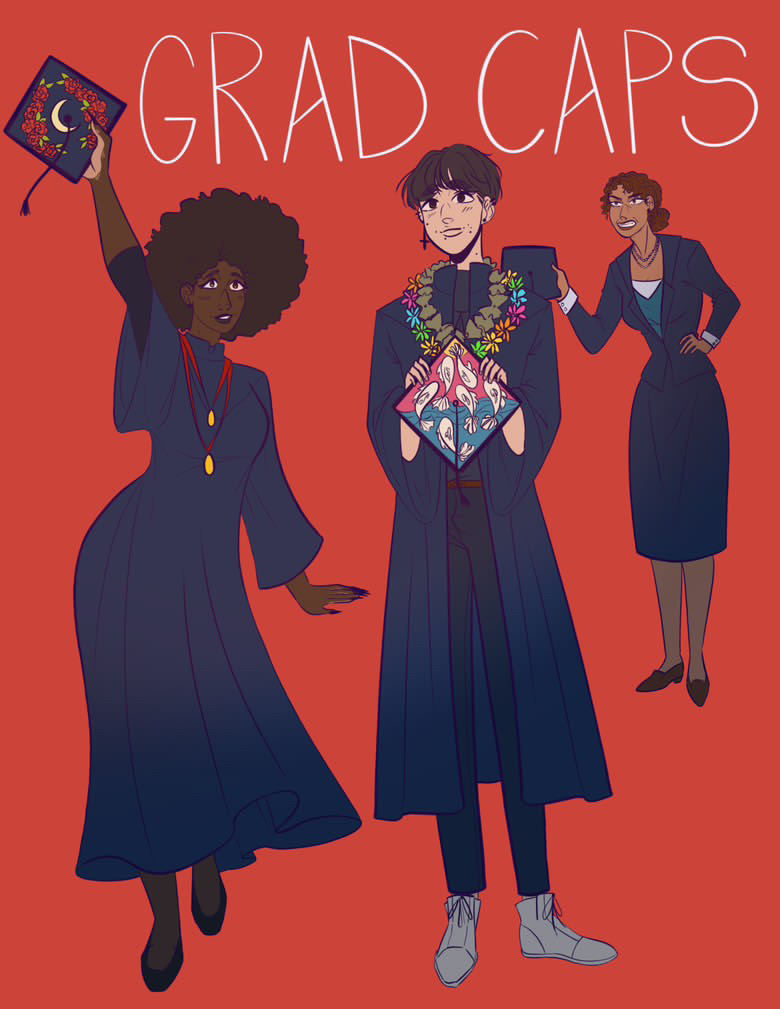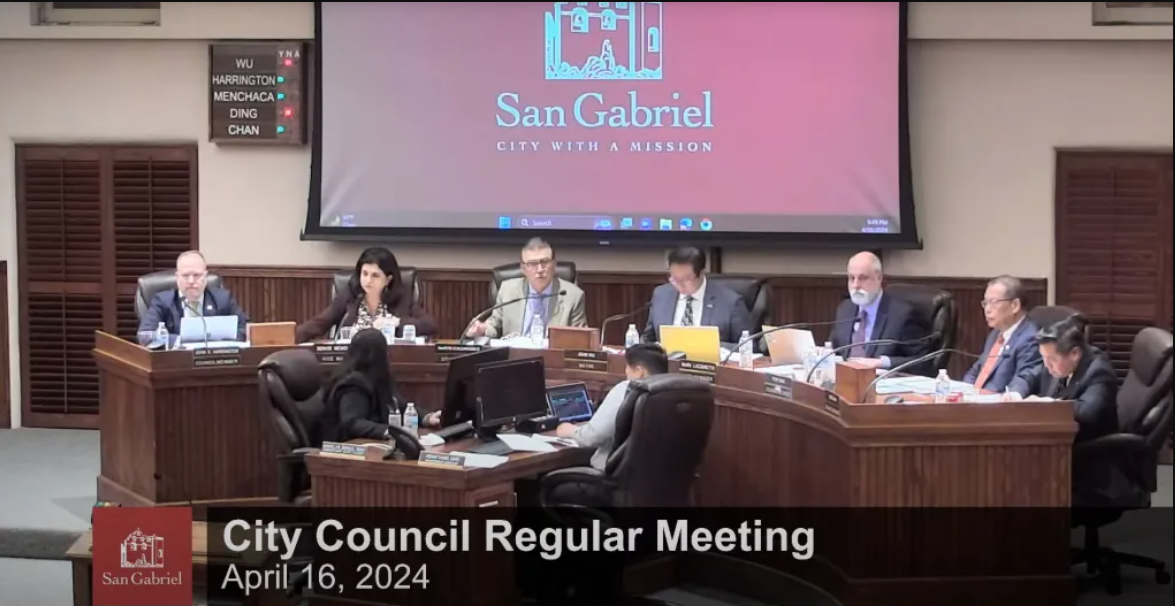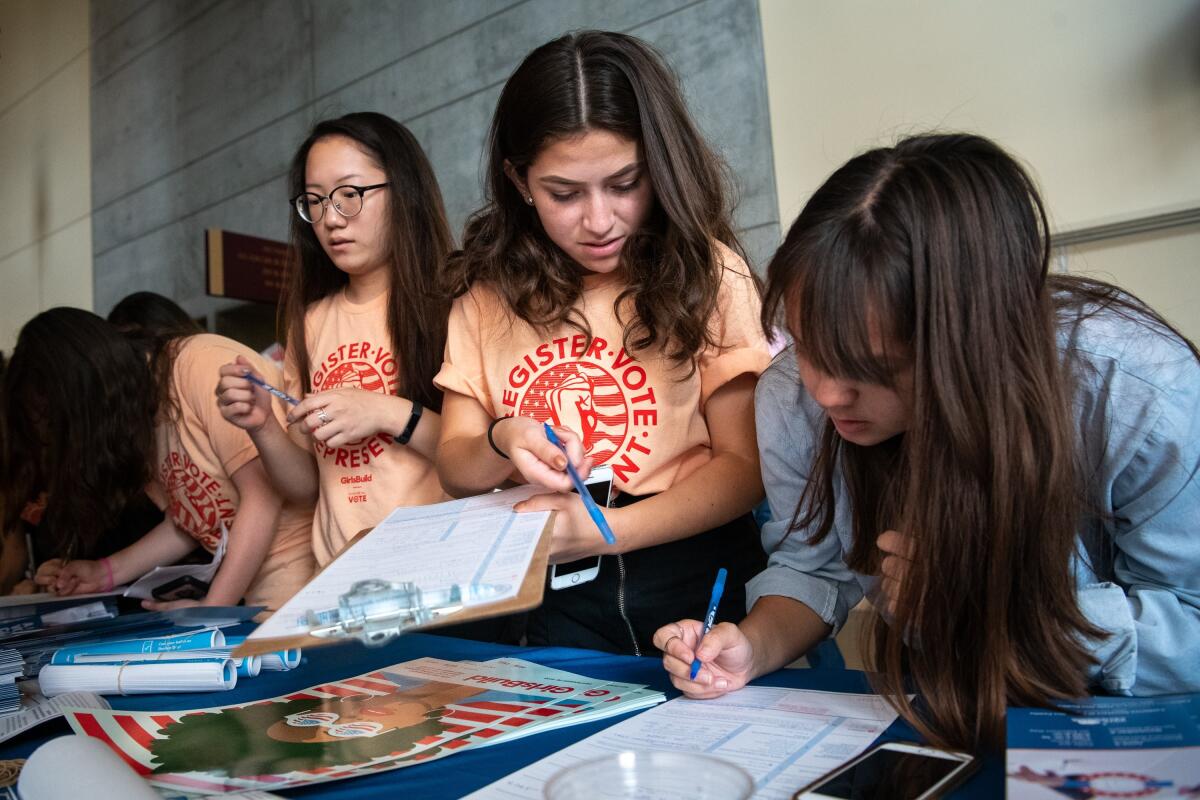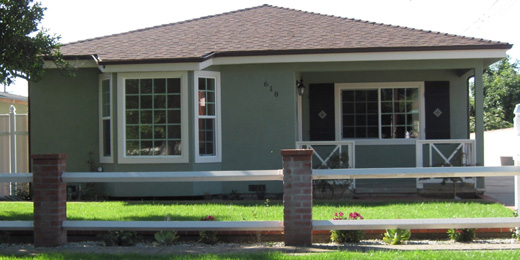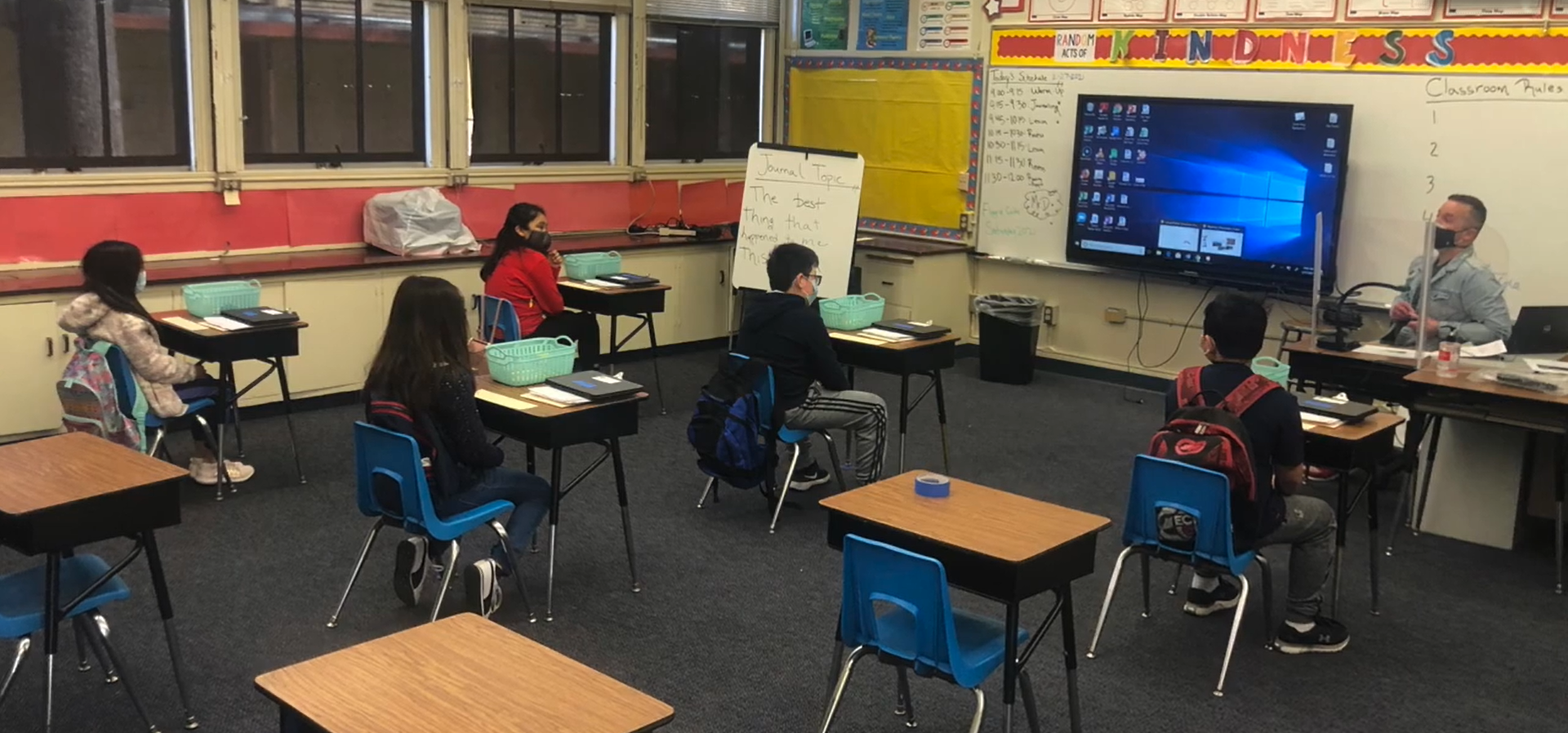
Hybrid reopenings will help young children, parents
Ashley Lau | Staff Writer
On Mar. 15, Los Angeles County officially entered the “Blueprint for a Safer Economy” red tier, allowing the hybrid learning plans to move forward with two days of in-person learning and three days of virtual academy at most elementary schools. This new and, most importantly, safe change for the students is a positive step for the community.
When Governor Gavin Newsom signed a 6.6 billion dollar plan on Mar. 6, two billion dollars was allotted for school districts to open up transitional kindergarten through second grade at public elementary schools. Funds were also provided to create several cohorts for underserved youth, including homeless students and students without the proper equipment necessary for virtual academy.
“This package of funding and support of our schools recognizes that in-person education is essential to meet not only the learning needs, but the mental health and social-emotional needs of our kids – especially the youngest and the most vulnerable,” Newsome stated in an interview.
Children ages five through seven are still growing and the stress of virtual learning should not be placed on their shoulders. This time in their lives is vital for them to experience school in a traditional way, face to face. They need social interaction, not more screen time.
Allison Ryan, a professor at the University of Michigan said, “Spending time with friends is often a student’s favorite part of school, and without that sense of belonging, it may be harder for kids to stay focused.”
With children, especially those who haven’t yet learned how to take care of themselves, it is unreasonable to expect them to sit still for hours at a computer. Parents and caregivers who are not trained to teach lessons to their kids are struggling to balance teaching, parenting, and working.
Children need the structure of a classroom in order to learn effectively. A survey released by the Rapid Assessment of Pandemic Impact on Development Early Childhood Household Survey Project (RAPID-EC) showed that 78 percent of caregivers reported that their child began exhibiting behavioral problems while learning from home. Being in a classroom with a certified teacher will help young students focus and stay on task.
Earlier in March, California reached its goal of providing two million doses of the COVID-19 vaccine to its residents, allowing L.A. County to begin reopening businesses. This means that many parents are now returning to work, This is another reason why reopening schools is so important, as parents will need their children in school so that they have supervision.
Finally, the long-term effects of the isolation the pandemic has wrought are not fully known.
“The national conversation is not focused nearly enough on early childhood and infancy, which is the period that we know is most important for brain development and in which the brain is most affected by what’s going on in the world around it,” said RAPID project director Phil Fisher. “It’s going to be in three years when kids enter school […] and in 20 years, when we start to see the health effects from kids who lived through this extraordinary, stressful time.”
Children should be worrying about who’s going to get dismissed first and what is for lunch, not about how crammed they feel at a desk or getting called on in a Zoom meeting. The hybrid model will enable young children to enjoy their time in school, even if it is only part-time.
With the decrease in COVID-19 cases and L.A. County’s rapid vaccine distribution rate, the hybrid learning plan has come at the perfect time to help children return to some form of normalcy and enable them to learn to their full potential.
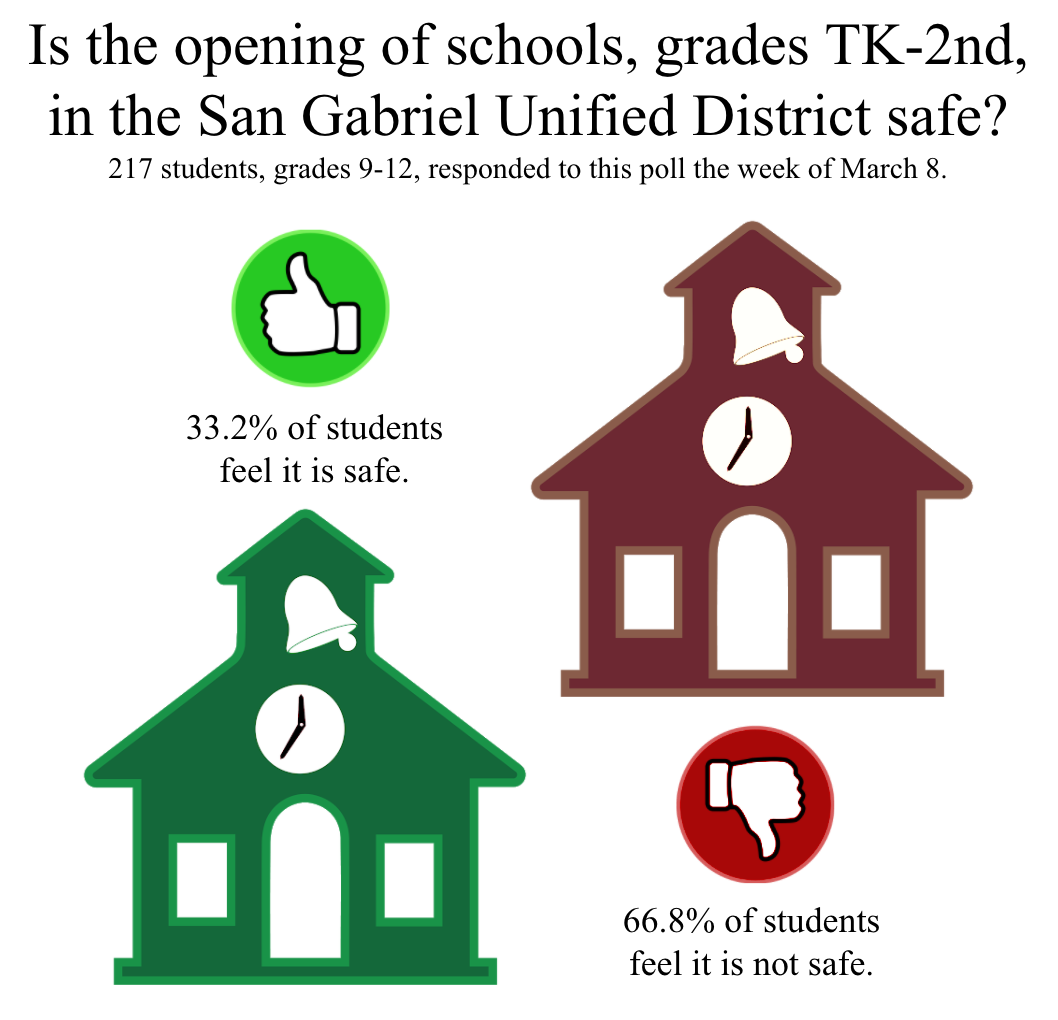
Elementary schools coming back brings more risk factors
By Bellefontaine Nhan | Staff Writer
On Mar. 4, California’s legislature approved a reopening plan for schools, starting with transitional kindergarten to second grade. Although COVID-19 cases are dropping, the virus is still widespread and the reopening of schools could mean another rise in cases. Therefore, it is too dangerous for the students, the faculty, and their families to return to school.
Currently, there is no approved vaccine for children and none is expected to be available anytime soon.
Apoorva Mandavilli, a writer at the New York Times wrote, “Pfizer and Moderna have enrolled children 12 and older in clinical trials of their vaccines and hope to have results ready by summer.”
With several more months before vaccinations can be produced and sent out to the general public, reopening schools will put the lives of unvaccinated children at risk. It is already difficult for most adults to receive a dose of the vaccine. Adding children and teens into the mix will add more pressure on production companies, causing them to rush analysis and safety procedures.
According to the California Department of Health, children ages five to 17 make up 16 percent of the total population in California and ten percent of all COVID cases. Yet, the California Department of Health notes 13 reported deaths of children from COVID in that age group as of Mar. 3. These numbers can easily increase with the reopening of schools.
According to a case study run by Dr. Liji Thomas, out of “68 children [with COVID], 43% had symptoms severe enough to distress them or impair their daily activities.”
This proves that children can be adversely affected by the virus. In another study conducted in Italy, doctors found that only about 42 percent of 129 children and teens that were tracked completely recovered from COVID-19. The lasting side effects in children are still unknown by doctors and the condition may affect them for the rest of their lives.
If students attend school, they can easily bring home COVID-19, whether the children show symptoms or not, and that could put other children in the household in danger. For instance, Children’s Hospital of Philadelphia noted that the premature immune systems of infants make them extremely vulnerable to infectious diseases such as COVID-19.
Katy Meza, a parent, told the Los Angeles Times, “I can try and teach [my child] multiplication tables or fractions, but we can’t get back our health or our lives [if we contract COVID].”
In the winter of 2020, several schools around the nation reopened, but many of these reopenings were failures. The hybrid model that many schools adopted during this time worked for some time, however, infection levels eventually spiked. This spike caused schools to close again and for quarantine to extend longer than intended.
Reopening of schools should be postponed until vaccinations have been approved and authorized for children and teens. Even if people have to wait until the end of summer vacation, students, faculty members, and their families should be able to return to campus knowing that no more individuals will succumb to COVID-19.

